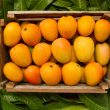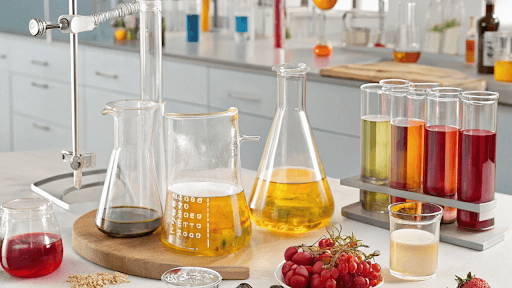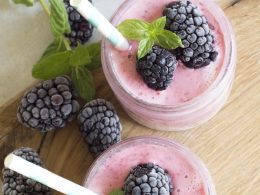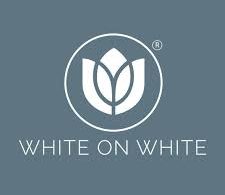The alcoholic beverage industry is constantly evolving, and creating a successful product involves more than just a great idea and an eye-catching label. Whether you’re an aspiring distiller, a craft brewery, or a major player in the beverage world, it’s essential to understand the nuances of alcoholic beverage formulation to ensure your product meets both consumer expectations and market demands.
However, several common misconceptions about the process of formulating alcoholic beverages could lead to costly mistakes. From flavor profiles to ingredient sourcing and production processes, understanding what you’re getting wrong about formulation is crucial for creating a successful product.
Here, we’ll explore the most common misconceptions surrounding alcoholic beverage formulation and offer expert insights to help you get it right.
1. More Alcohol Means Better Drink
One of the most prevalent myths in alcoholic beverage formulation is that higher alcohol content automatically results in a better drink. While strong alcohol may be appealing to some consumers, the idea that a higher ABV (alcohol by volume) makes a drink “better” is misguided. In reality, alcoholic beverages need to balance alcohol strength with flavor, texture, and overall drinkability.
The Right Balance
Formulation experts know that the perfect alcoholic beverage strikes a balance between alcohol content and flavor complexity. A well-crafted cocktail or spirit should have a harmonious blend of ingredients, where the alcohol supports the flavor profile rather than overpowering it. Higher alcohol content can overshadow the taste of other ingredients, making the drink less enjoyable.
For example, in spirits like whiskey or vodka, the goal should be to enhance the base ingredients while providing a clean finish, not to simply increase the alcohol concentration. Similarly, in beers and wines, the alcohol content should complement the other characteristics such as bitterness, sweetness, or acidity.
2. All Alcoholic Beverages Are the Same
Another misconception is that all alcoholic beverages follow the same formulation principles. Whether you’re crafting a whiskey, a craft beer, a wine, or a pre-mixed cocktail, the formulation process is unique to each type of drink. Different methods, ingredients, and regulations apply to various alcoholic beverages, and a one-size-fits-all approach doesn’t work.
Understanding the Differences
For example, the formulation of a craft beer differs vastly from that of a pre-mixed cocktail or an artisanal spirit. Beer relies on fermentation from grains, hops, and yeast, while spirits like vodka or gin require distillation and may use botanicals, fruits, or herbs for flavor.
The ingredients, the process, and even the fermentation or distillation time differ, which is why creating a generic recipe for all alcoholic beverages is unrealistic. Each category requires specific expertise in formulation and production techniques to achieve the desired result.
3. Artificial Flavors Are Just as Good as Natural Flavors
Another common misconception is that using artificial flavors in alcoholic beverages is just as effective as using natural, high-quality ingredients. While artificial flavors can be cheaper and easier to implement, they often fail to deliver the depth and complexity that natural ingredients bring to the table.
The Power of Natural Ingredients
Natural ingredients, whether fruits, herbs, spices, or botanicals, offer a richness in flavor that artificial additives cannot replicate. A skilled alcoholic beverage formulation consultant will guide you in selecting ingredients that enhance the overall flavor profile and add authenticity to your product. For example, natural extracts from citrus, vanilla, or lavender contribute a complexity to spirits and cocktails that artificial flavors often cannot match.
Consumers are increasingly interested in natural, clean-label products, and many are willing to pay a premium for beverages made with high-quality ingredients. Using natural flavors and botanical extracts also supports sustainability efforts, as many of these ingredients are ethically sourced.
4. The Formulation Process is Quick and Easy
Formulating a successful alcoholic beverage isn’t a quick process. Many newcomers to the industry assume that once they have a base recipe, they can quickly roll out production. However, the development of a beverage involves multiple stages of testing, refinement, and quality control.
The Iterative Process of Formulation
A successful formulation requires thorough testing and constant iteration. Testing different variations of a recipe to get the right balance of flavors, alcohol content, and texture can take weeks or even months. The initial batch may need adjustments to achieve consistency in taste, mouthfeel, and overall quality.
Furthermore, in the case of spirits or wine, aging or maturation processes may need to be factored into the overall development timeline. It’s essential to set realistic expectations regarding the time and effort required for perfecting your beverage.
5. Consumers Only Care About the Price
While price is certainly a consideration, assuming that consumers only care about the cost of an alcoholic beverage is a mistake. In reality, consumers today are more discerning, and many prioritize quality, flavor, ingredients, and brand story over price.
Value and Experience Matter More
Consumers are looking for an experience when they choose an alcoholic beverage. They want a product that stands out in terms of flavor, sustainability, and innovation. A strong, authentic brand narrative can be as important as the drink itself.
Brands that tell compelling stories about their ingredients, production methods, and ethical practices are increasingly winning consumer loyalty. Marketing plays a crucial role in positioning your product as something more than just a commodity, and the right alcoholic beverage formulation can help create a product that resonates deeply with your audience.
6. If it’s Popular, It’s Easy to Replicate
A common misconception in the beverage industry is that if a particular type of drink is popular, it must be easy to replicate. While trends like craft beer, hard seltzers, or spiked seltzers may seem easy to follow, replicating success involves a deep understanding of the formulation process.
Innovation is Key
The success of a popular drink is often driven by innovation in flavor, quality, and branding, not just mimicking the trend. Copying existing products without adding something unique will likely result in a lackluster product. True innovation requires creativity, market research, and expertise in beverage formulation to carve out a unique space in the market.
Conclusion
Creating a successful alcoholic beverage involves much more than simply mixing a few ingredients. Misconceptions about formulation can lead to subpar products, wasted resources, and missed market opportunities. By understanding the science behind flavors, recognizing the unique requirements of different beverages, and focusing on high-quality, natural ingredients, brands can create products that stand out in a crowded market.
With the guidance of an experienced alcoholic beverage formulation consultant, businesses can avoid these common mistakes and formulate beverages that not only meet but exceed consumer expectations. This approach leads to long-term success, brand loyalty, and a positive reputation in the competitive alcoholic beverage industry.
For More Info Visit: worldwidedigest.com












